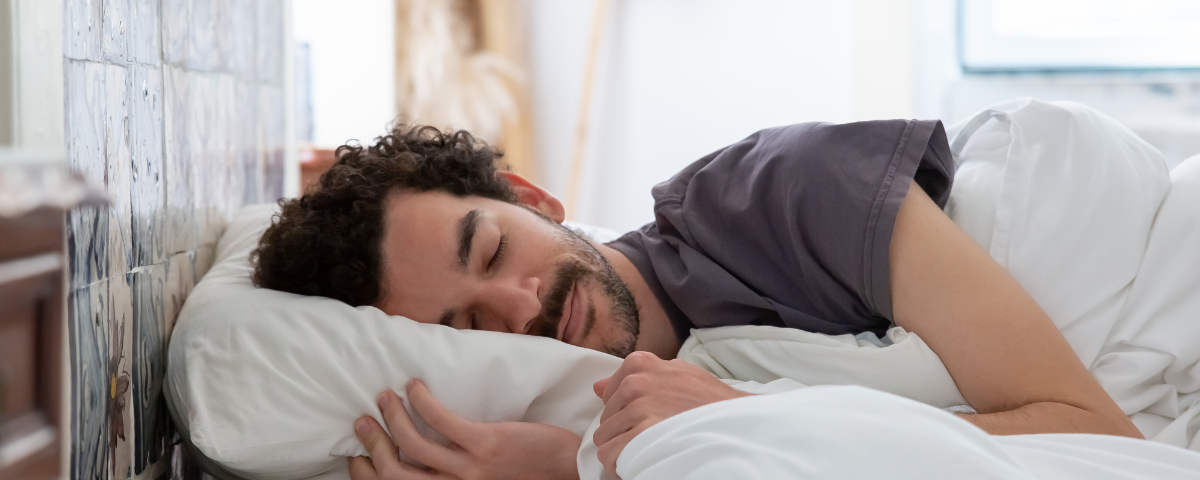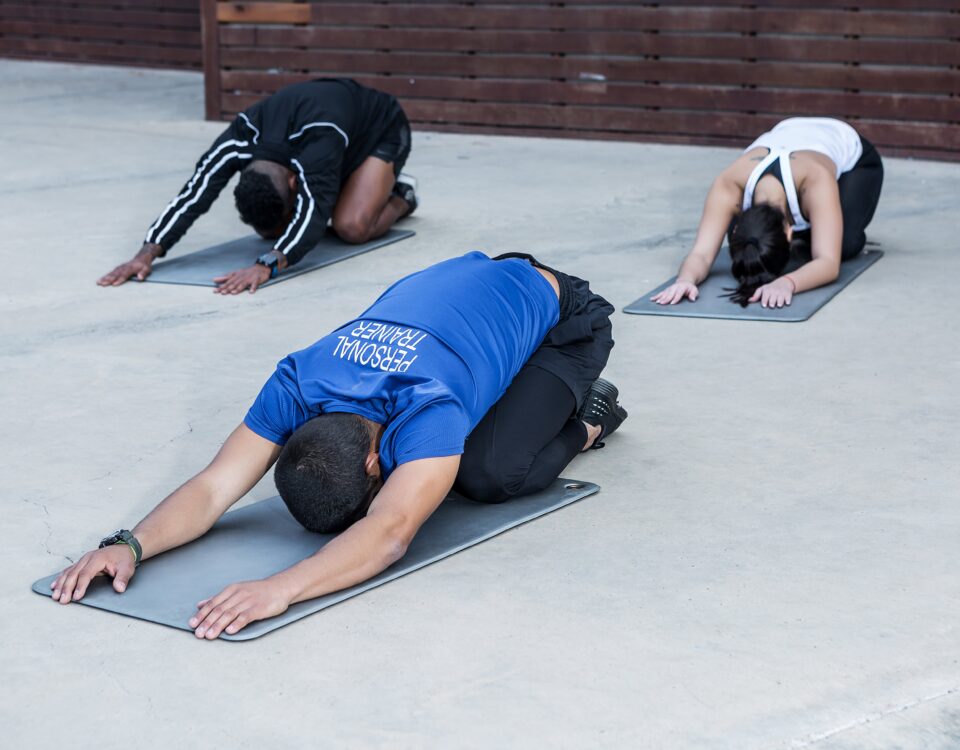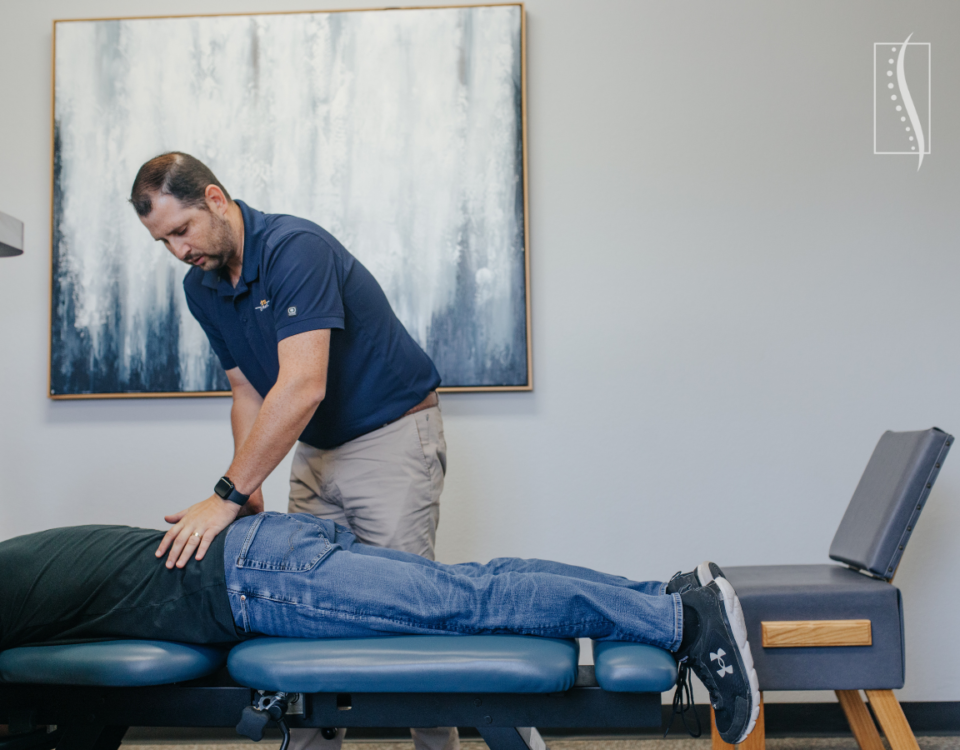
What Is Sciatica? Key symptoms and relief options
September 25, 2024
Combat Stress-Induced Back Pain: Uncover the Connection with TexStar Chiropractic
October 6, 2024Back pain and sleep issues often go hand in hand, creating a cycle that can affect your overall well-being. If you’ve struggled to find a comfortable sleeping position due to lower back pain, you’re not alone. Many people experience sleep disruptions from back pain, leading to restless nights and potentially worsening the pain.
Finding the right sleeping position is essential for easing back pain and improving sleep quality. Let’s explore some of the best positions and tips for keeping your spine well-aligned during sleep.
Best Sleep Positions
Sleeping on Your Back:
This position is typically best for spinal alignment. It distributes your weight evenly and helps prevent unnatural curvatures in your spine.
For added comfort, place a pillow under your knees. This supports the natural curve of your lower back and reduces spinal stress.
Side Sleeping:
Side sleeping is also a good option, especially for those who snore or have sleep apnea.
Keep your hips aligned by placing a firm pillow between your knees while in this position. This helps align your hips, pelvis, and spine.
Try to find a pillow that supports your head properly. Your spine should be kept in neutral alignment, with the pillow perfectly filling the gap between your head and the mattress.
Use Pillows for Support:
The way you use pillows can make a big difference in spine alignment.
Support your head and neck with a pillow that doesn’t lift your shoulders.
Side sleepers should place a pillow between their knees.
If you sleep on your stomach (don’t worry, we won’t tell 😉), a thin pillow under your pelvis can help reduce back pressure.
Sleep Habits for Pain Relief
Developing good sleep habits can minimize back pain and enhance sleep quality. Here are some things to keep in mind.
Consistent Sleep Schedule: Stick to a regular bedtime and wake-up time, even on weekends. This helps train your body to feel tired at night, making it easier to fall and stay asleep.
Relaxing Bedtime Routine:Engage in calming activities before bed, like reading, taking a warm bath, or practicing relaxation techniques. Avoid screens, as blue light can disrupt melatonin production.
Optimize Your Sleep Environment: Keep your bedroom cool, dark, and quiet. Use blackout curtains, white noise machines, or earplugs if needed. Invest in a comfortable mattress and pillows to support your lower back properly.
Ditch the Screen: Make it a habit to power down electronics at least an hour before bedtime. The blue light emitted from devices like phones and tablets can interfere with your body’s natural sleep-wake cycle, making it difficult to fall asleep.
Gentle Stretches to Relieve Back Pain
Incorporate these simple stretches into your routine before bed to ease back pain and improve sleep:
Pelvic Tilt: Lie on your back with knees bent, tighten your abs, and press the lower back into the bed. Hold for 3-5 seconds, then relax.
Knee-to-Chest Stretch: Bring one knee to your chest and hold it gently. Feel the stretch in your lower back and hip. Hold for 30 seconds, then switch legs.
Trunk Rotation: Lie on your back with knees bent, gently rotate your knees to one side, keeping shoulders on the bed, then to the other side.
Why Stretching Helps Sleep
Stretching before bed can improve sleep by:
- Reducing muscle tension
- Enhancing relaxation
- Boosting blood flow for muscle recovery
- Releasing endorphins to reduce stress and anxiety
Remember to breathe deeply while stretching to further relax and prepare for a good night’s sleep.
Thank you for trusting TexStar Chiropractic with your care. We’re here to support you and we are your #1 champion for creating healthy habits.



